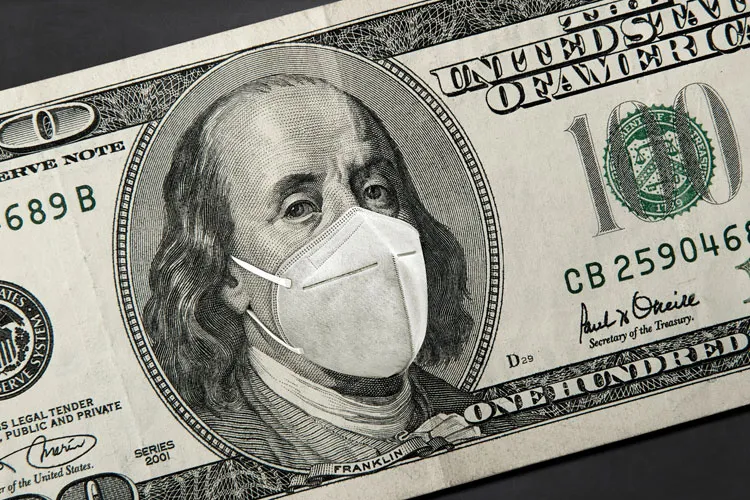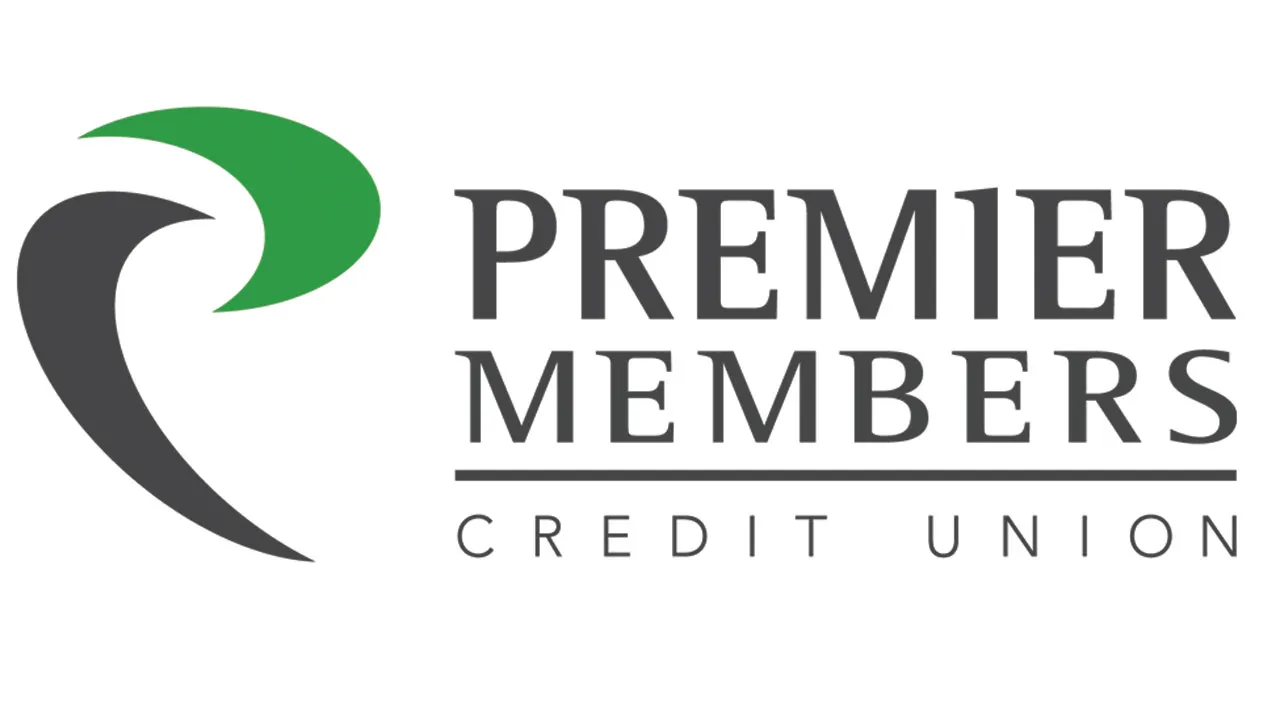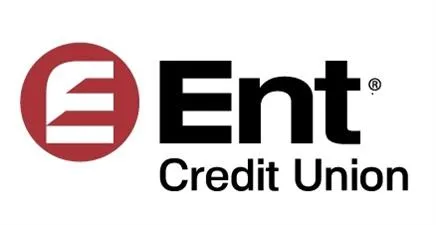Interest rates will rise as bond purchases decline

The Federal Reserve Bank has made very clear that it plans to raise interest rates in the near future to stave off expected inflation as the economy continues its rebound from the COVID-19 pandemic. To do that, it first needs to begin tapering off its bond purchases.
“The Fed currently purchases $80 billion of Treasury securities and $40 billion of mortgage-backed securities per month. We expect the FOMC to announce that it will begin to taper its asset purchases soon,” according to the most recent economic forecast by Wells Fargo.
Wells Fargo predicts that the tapering announcement will “more likely take place…
THIS ARTICLE IS FOR SUBSCRIBERS ONLY
Continue reading for less than $3 per week!
Get a month of award-winning local business news, trends and insights
Access award-winning content today!




